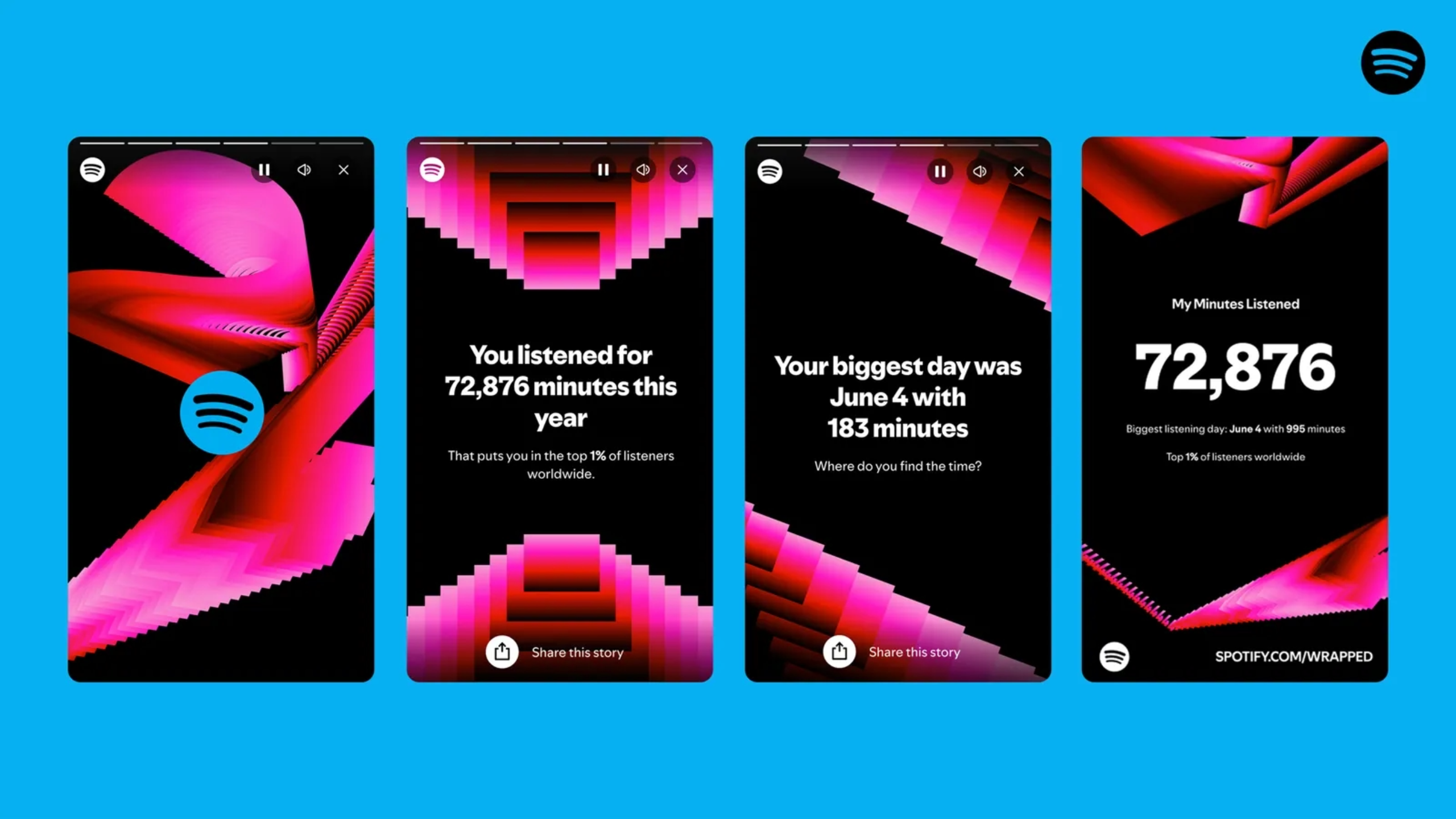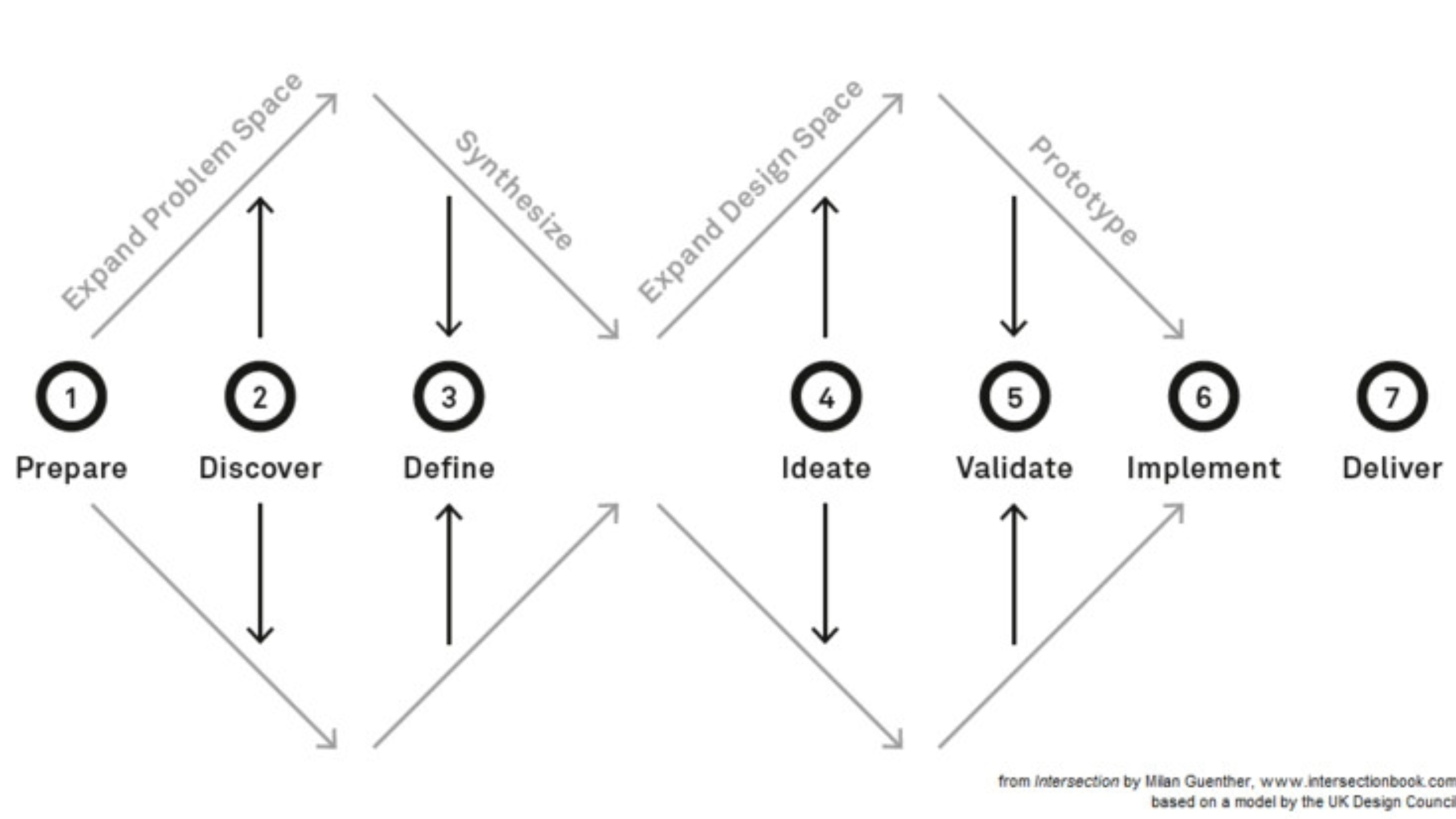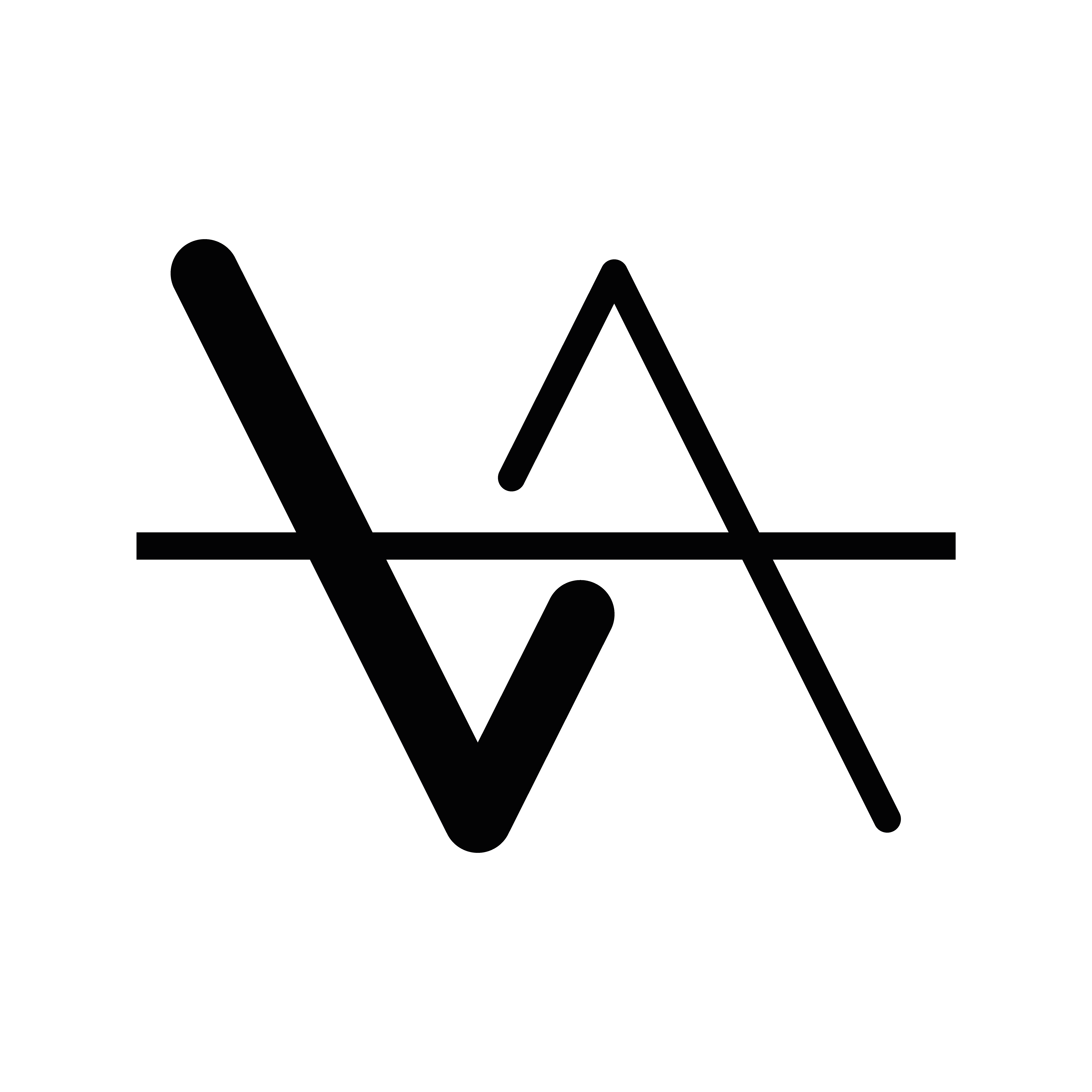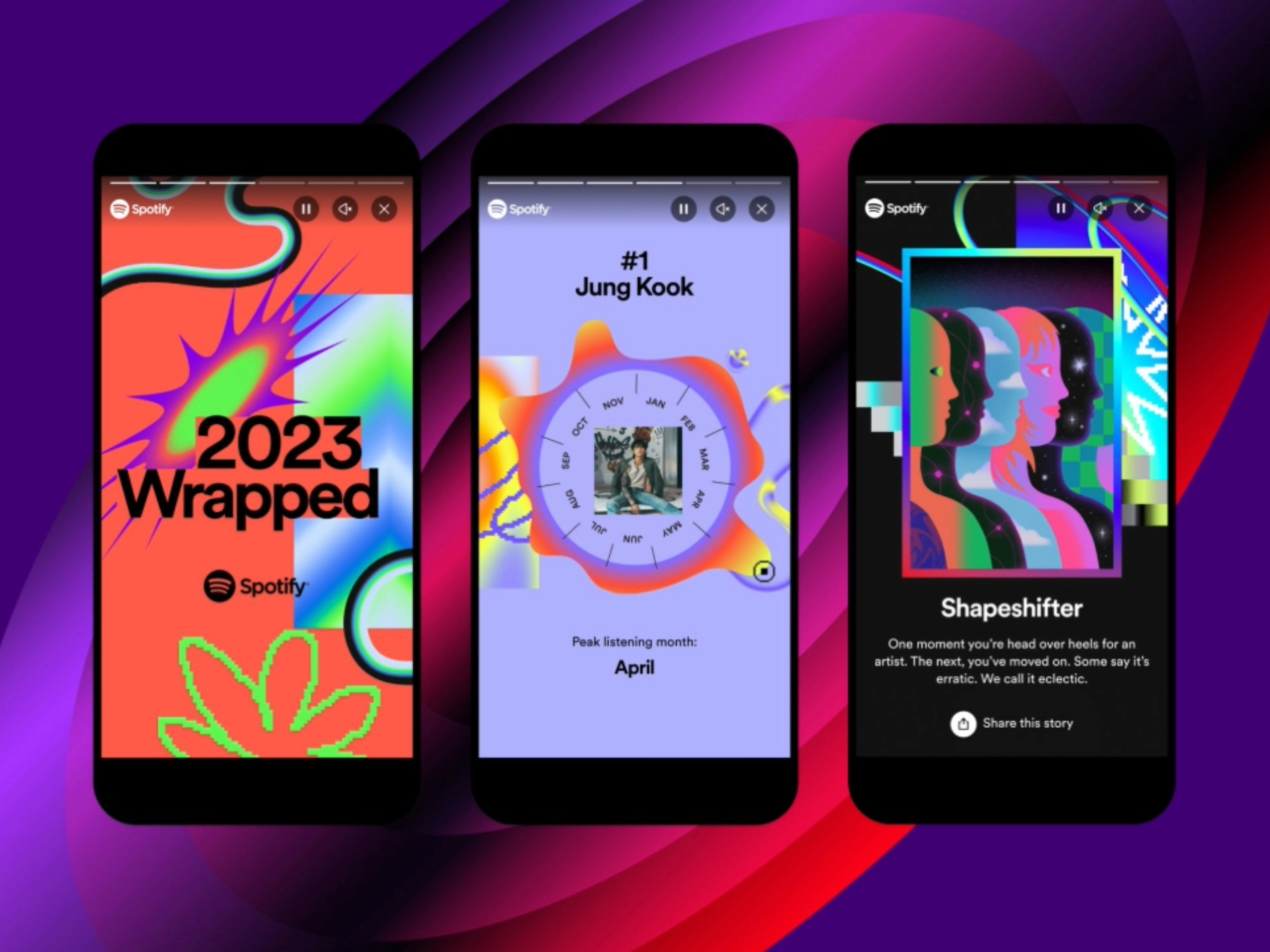2025-08-08
Digital Experience as Modern Architecture
Not all architecture is built from stone and glass. Today, some of the most influential spaces exist only on screens. Apps and platforms function like cities: they guide movement, create rituals, and define how people interact. Digital design, when done with intent, becomes a new form of architecture.

Spotify Wrapped — A Cultural Ritual in Digital Space
Spotify Wrapped is more than a feature — it’s a seasonal ritual shared by millions. Its design transforms personal data into cultural architecture: bright colors, immersive graphics, and playful navigation. It’s proof that digital spaces can generate collective emotion.
Airbnb — A Digital City of Exploration
Airbnb’s platform doesn’t just list rentals — it creates flows of discovery. Like a city, it leads users through neighborhoods, maps, and curated experiences. The design is architectural in its logic: paths, intersections, destinations.
IDEO — UX as Human Architecture
IDEO’s case studies demonstrate how digital interfaces mimic spatial design: hierarchy, entry points, circulation, thresholds. Just as architects design plazas and rooms, UX designers craft flows and interactions. The screen becomes the new street.Every click is a step; every screen is a room. Digital design is architecture in motion.
The boundary between architecture and digital design is dissolving. Just as a building shapes how we move and feel, so too does an app or platform. Whether it’s Airbnb guiding exploration, Spotify creating shared rituals, or IDEO turning data into flows, the lesson is clear: digital experiences are no longer just tools — they are places we inhabit.

